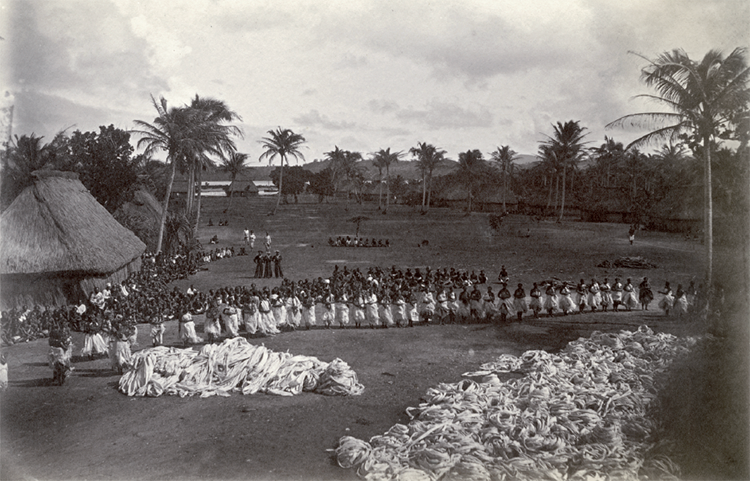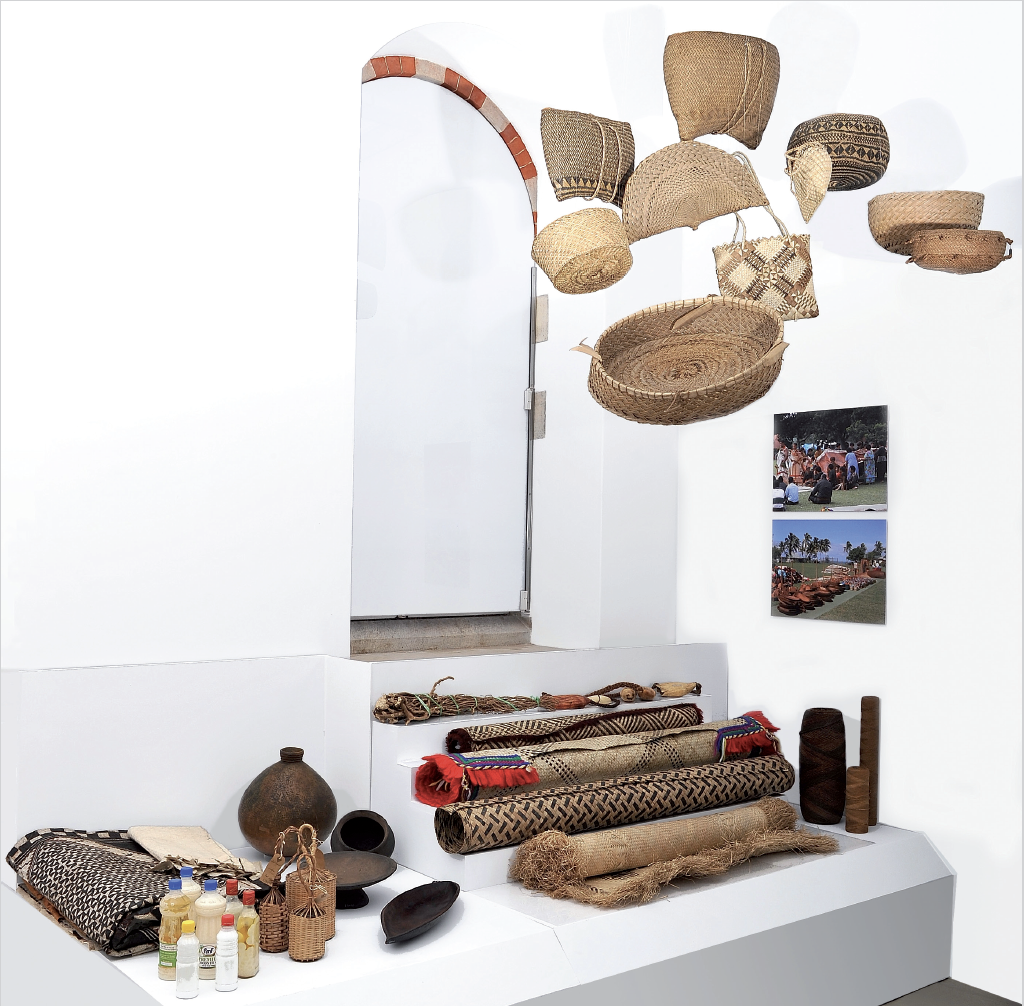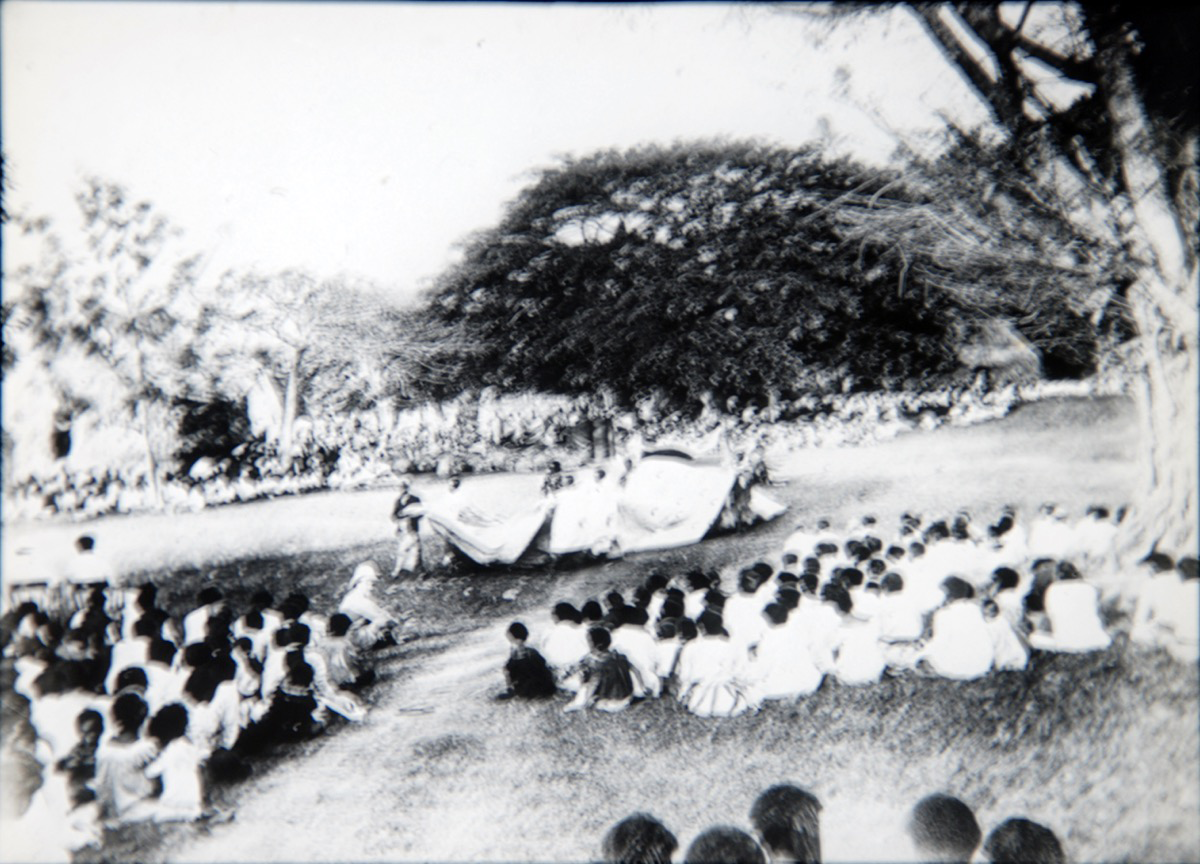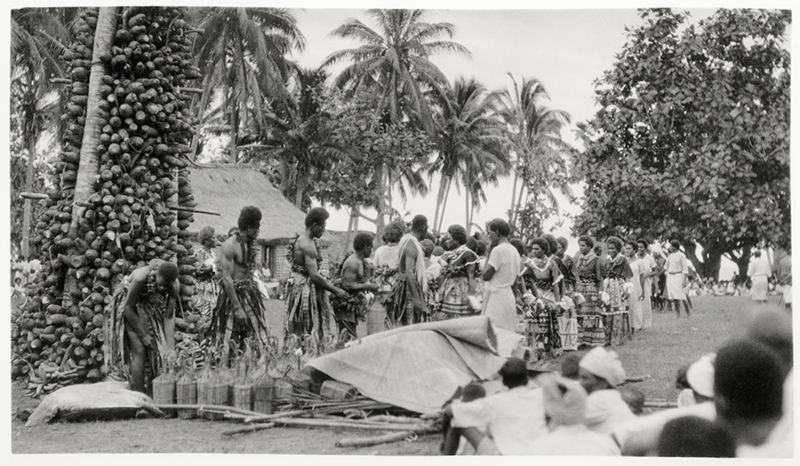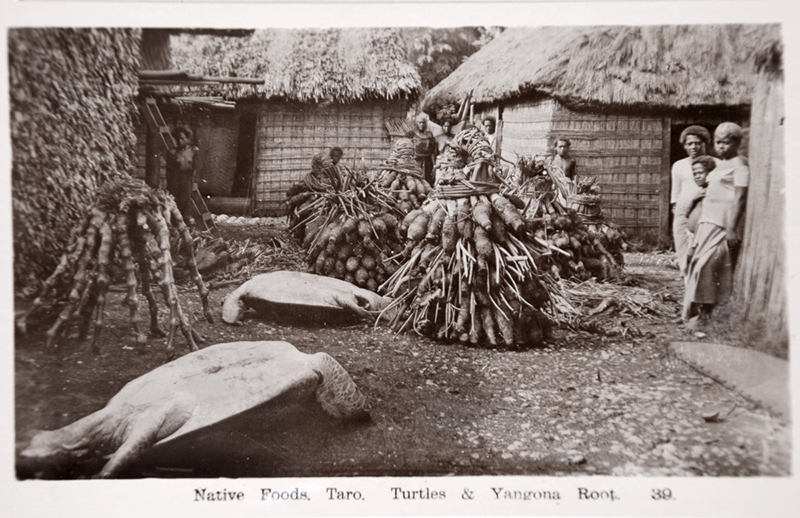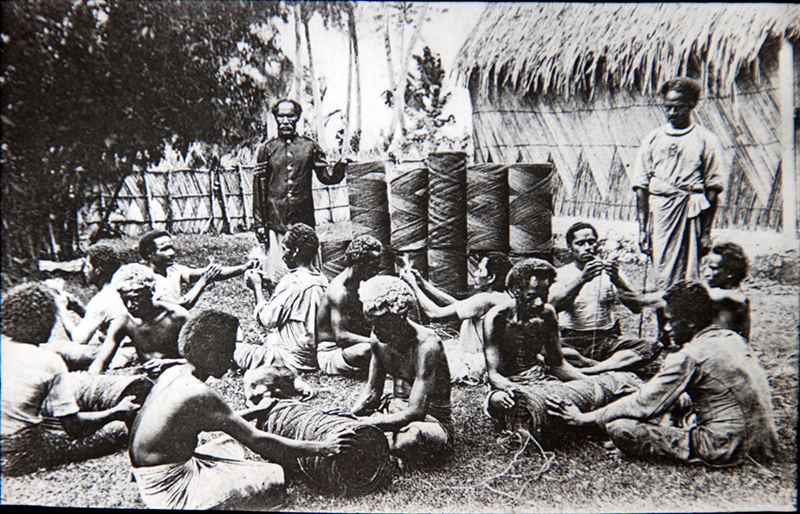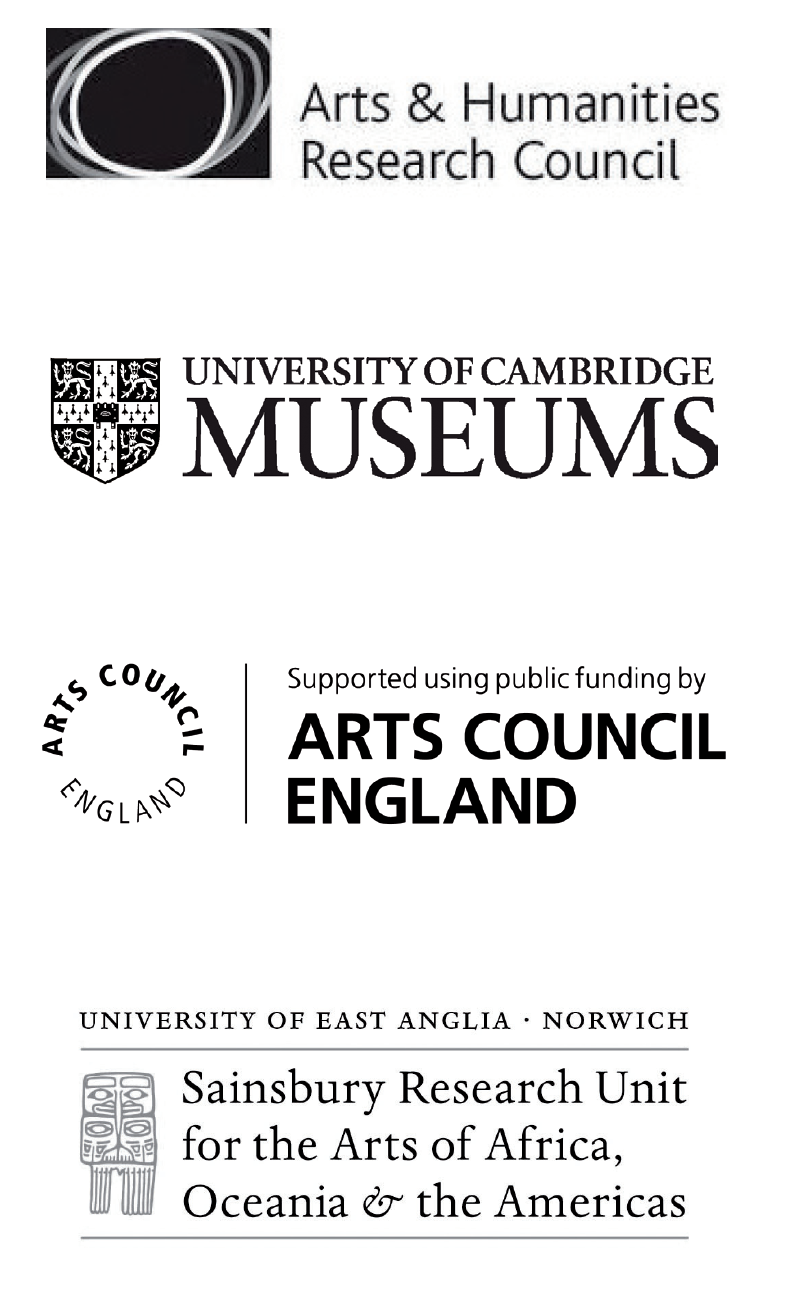Solevu were and are large gatherings that mark ceremonial occasions such as marriages, deaths or chiefly installations. They can involve thousands of years and take months, sometimes years to prepare.
By definition, a solevu is an exchange between two sides (hosts and guests) centred on the presentation of valuables. It also includes public speeches, feasts, dances and the consumption of yaqona. It takes place periodically, sides alternating as hosts and guests.
A wide range of valuables were and still are presented at solevu, including food, whale teeth, barkcloth, mats, baskets, coir (coconut fibre) rolls, yaqona bowls, pottery and coconut oil. In the 19th century, skirts, clubs, spears, firearms and ivory breastplates were often exchanged at solevu. Throughout the 20th century and more recently, the range of valuables presented at solevu has continued to expand to include cotton cloth, kerosene and laundry soap.
Valuables are presented to the host in processions and piled up according to type of the ground, sometimes growing to epic proportions. Following the presentation, the valuables are divided between the contributing participants.
Presentation of barkcloth at solevu. Possibly taken by a crew member of HMS Nelson, 2-10 August 187. Fiji. P 45650
Solevu installation
This installation evoked the range of objects exchanged at solevu. Each exchange involves a different combination of objects, the guests presenting different valuables from their own specialised area of production. Central to a solevu are events that cannot be represented here, such as feasts (magiti) and dances (meke) contributing to the celebratory atmosphere.
Explore each object below.
Barkcloth, Masi
Five pieces of varying sizes.
Large sheets of masi are presented at solevu. They are then folded in a particular way, pattern on the inside, and piled. Masi can later be cut into smaller pieces and divided between the contributing participants. Large sheets, when they are thick, can be called gatu, a Tongan word.
Fiji. Collected by K. Igglesden, 2013. Private collection
Bottles of coconut oil, Waiwai
In the 19th century, coconut oil was often scented with the flower of the leba fruit and rubbed on the skin. Today, it can be scented with a variety of flowers, seeds and leaves.
Seven plastic and glass bottles of coconut oil. Fiji. Collected by K. Igglesden, 2013. Private collection
Salt baskets
Salt was an important exchange valuable in the 19th century. Nadroga, in southwest Viti Levu, was a major centre of production. These salt baskets of coconut leaf from the 1950s enclose commercial tin and glass containers.
Lomawai, Viti Levu, Fiji. Collected by G. K. Roth, October 1956. Z 29893; Z 29897; Z 29899
Ceramic pots
Fiji is home to a very distinctive type of pottery. The vessels displayed here are a yaqona dish, a water container and a cooking pot.
Fiji. Collected by Sir A. Gordon, 1875-80. 1918.213.32
Bua, Vanua Levu, Fiji. Collected by G. K. Roth, 1932.628
Fiji. Collector & date unknown. Z 3463
Food dish
Food and feasting were a central part of solevu. Large quantities of food were accumulated and piled or presented in a tower form before being cooked or redistributed amongst the participating contributors.
Fiji. Collected by A. Maudslay, 1875-80. Z 3653
Yaqona roots, Waka
The presentation of yaqona roots (isevusevu) and its consumption once turned into its liquid form are central to solevu. In the 19th century, the roots were grown to a larger size than they are today.
Suva Market, Viti Levu, Fiji. Collected by S. Hooper, 2005. Private collection
Tabua
Presentation whale teeth (tabua) are usually suspended on a cord of plaited coir. A tabua is not meant to be kept indefinitely by the person who receives it but presented again at a later important occasion.
From left to right:
Fiji. Collected by A. von Hügel, 1875-77. Z 3019
Fiji. Collected by Sir A. Gordon, 1875-80. Z 3028
Fiji. Collected by Sir A. Gordon, 1875-80. Z 29747
Fiji. Collected by Sir R. Foster, 1968-73. 2005.690
Fiji. Collected by Sir A. Gordon, 1875-80. 1918.213.66
Mats, Ibe
Large quantities of mats of pandanus leaf strips (voivoi) or sedge (kuta) are exchanged at solevu. They are sometimes adorned with a decorative kula border made of brightly coloured wool.
From top to bottom:
Fiji. Collected by Sir A. Gordon, 1875-80. 1918.213.28 B
Suva Market, Viti Levu, Fiji. Collected by K. Igglesden, 2013. 2013.11
Fiji. Collected by Sir A. Gordon, 1875-80. 1918.213.28 A
Nairai, Lomaiviti, Fiji. Collected by G. K. Roth, 1950s. 1962.277
Coir cord rolls
The fibres from the husk of the coconut undergo a complex process of transformation before being dyed, plaited and bundled into rolls of varying sizes. Traditionally, the cords were used to bind the internal architecture of Fijian houses, an art form called lalawa. A modern interpretation of lalawa was seen adorning the pillars of the exhibition gallery.
From back to front:
Lomaloma, Vanua Balavu, eastern Fiji. Presented as a wedding gift to P. & A. Snow, 1940. Private collection
Fiji. Collected by Sir A. Gordon, 1875-80. Z 4097
Fiji. Collected by A. von Hügel, 1875-77. Z 2946
Baskets
An impressive range of baskets woven from coconut or pandanus leaf strips continue to be produced in Fiji. At solevu, they are used as containers for valuable items but are also considered valuables in their own right.
Clockwise from bottom:
Kabara, Lau Group, Fiji. Collected by S. Hooper, 1979. Private collection
Gau Island, Lomaiviti, Fiji. Collected by A. von Hügel, May 1876. Z 3555
Fiji. Probably collected by A. von Hügel, 1875-77. Z 29904 A
Fiji. Collected by Sir A. Gordon, 1875-80. 1918.213.31 G
Fiji. Collected by Sir A. Gordon, 1875-80. 1918.213.31 P
Kabara, Lau Group, Fiji. Collected by S. Hooper, 1979. Private collection
Fiji. Probably collected by A. von Hügel, 1875-77. Z 3553
Namara, Ba, Viti Levu, Fiji. Collected by G. K. Roth, October 1955. 1961.162
Originally from Fiji. Collector & date unknown. Z 2864
Suva, Fiji. Collected by K. Igglesden, December 2012. Private collection
Photographs
Presentation of barkcloth
A large sheet of barkcloth (masi) is carried across the ceremonial ground (rara).
Possibly photographed by A. B. Brewster, 1880-1900.
Fiji. Collected by G. K. Roth. LS 121058.TC1
Presentation of valuables
Turtles, mats and salt baskets are presented to the host party at a solevu. A tower of dalo (taro) stands to the left of the photograph.
Photographed by J. Hornell, 1939.
Lautoka, Viti Levu, Fiji. Collected by J. Hornell. P.116403.HNL
Feast preparations
Bundles of taro (dalo in Fijian, Colocasia esculenta) and turtles assembled for a feast. Large roots (waka) of yaqona are visible to the left.
Photographed by J. W. Waters, 1890-1900.
Fiji. Collected by J. Hornell, c. 1939. P.116061.HNL
Making coir cord rolls
A group of Fijian men staging the various phases of the manufacture of coir cords (magimagi). The photograph was probably taken in Cicia Island in Lau, famous for its magimagi production. The very large bundles visible at the back are of the type exchanged at solevu.
Photographer and date unknown.
Probably Cicia, Lau Group, Fiji. Collected by G. K. Roth. LS. 120995.TCI


